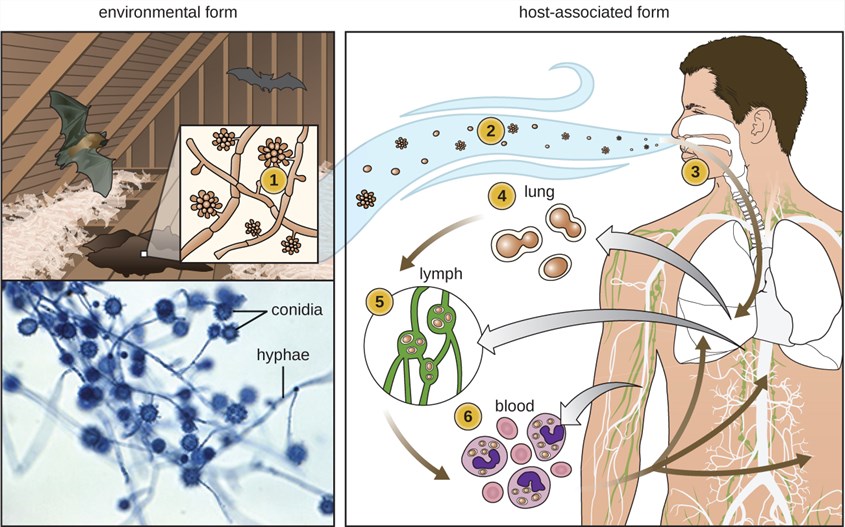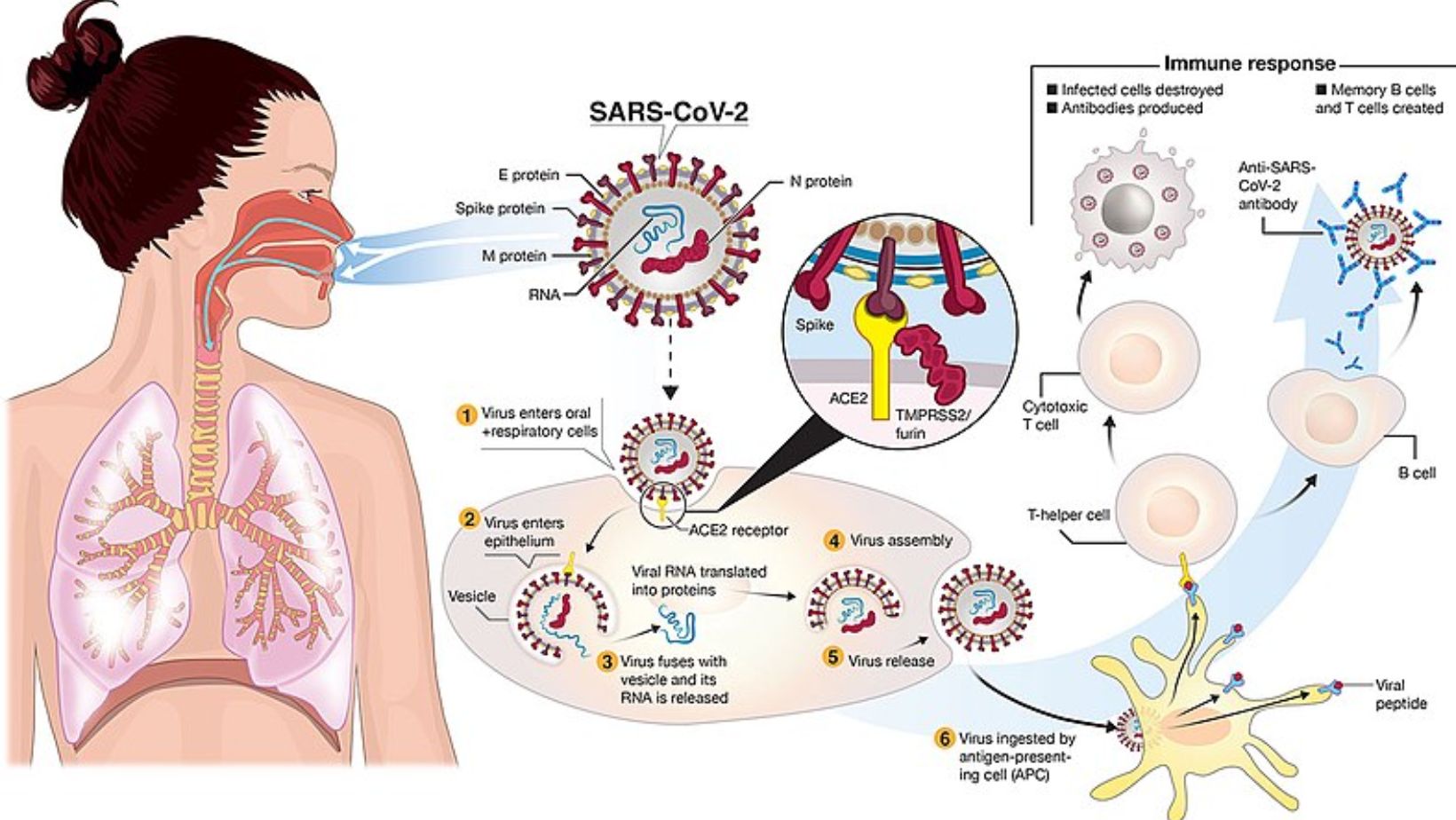Infections, the concealed battles unfolding within our anatomies, are intricate processes entailing a multitude of variables and routes. Grasping the mechanism behind the dissemination of infections within the body holds paramount importance, not only for medical practitioners but also for individuals keen on safeguarding their well-being. In this discourse, we embark on a voyage to decipher the intricate strategies that pathogens employ to infiltrate, propagate, and disseminate within the human physique.
- Point of Entry: The Inaugural Line of Defense
The journey of an infection usually commences at a point of entry, where pathogens secure access to the host’s body. These entry points are contingent on the nature of the infection:
- Respiratory Infections: Pathogens like influenza or common cold viruses typically ingress through the nose or mouth, hitching a ride on inhaled contaminated air droplets.
- Gastrointestinal Infections: Maladies such as food poisoning often originate from the ingestion of tainted food or water.
- Dermal Infections: Bacterial or fungal skin infections may initiate when pathogens infiltrate the skin through cuts, abrasions, or other openings.
- Bloodstream Infections: Certain pathogens, exemplified by the Plasmodium parasite responsible for malaria, directly access the bloodstream via mosquito bites.
- Invasion and Adherence
Post-entry, pathogens must surmount the body’s natural defenses, comprising the skin, mucous membranes, and the immune system. This entails employing various mechanisms:
- Adherence: Pathogens may manufacture adhesins, specialized molecules enabling them to bind to specific host cells or tissues, thus evading easy removal or destruction.
- Invasion: Select pathogens can infiltrate host cells, camouflaging themselves from the immune system and capitalizing on the host’s cellular infrastructure to replicate.

Read more.. Exploring the Enigma of Breast Cancer: A Journey of Hope, Awareness, and Progress
- Multiplication and Propagation
Having surmounted initial barriers, pathogens embark on rapid multiplication and proliferation. They co-opt host cells, coalescing host resources for their reproduction, potentially leading to a surge in the pathogen population within the host’s body.
- Immune Response: The Battle Commences
The host’s immune system detects the presence of invading pathogens and commences a counteroffensive. This immune response encompasses:
- Innate Immunity: The initial, nonspecific defense mechanisms of the body, including fever and the activation of immune cells such as neutrophils and macrophages.
- Adaptive Immunity: The body’s targeted reaction, involving the production of specific antibodies and immune cells tailored to combat the particular pathogen.
- Dissemination: Widespread Distribution
As the infection advances, pathogens might disseminate further throughout the host’s body, utilizing either the bloodstream or the lymphatic system as conduits. They can infect distant organs and tissues, precipitating a gamut of symptoms and complications.
- Bacteremia and Viremia: Bacteria and viruses can infiltrate the bloodstream, potentially resulting in conditions like sepsis, where the infection extends throughout the host’s body.
- Lymphatic Dissemination: Specific infections, akin to certain types of cancer, may spread through the lymphatic system, impacting lymph nodes and remote organs.

Read more.. The Job of AI in Customized Medical services
- Secondary Infections and Complications
Infections can weaken the body’s defenses, augmenting susceptibility to secondary infections. Some pathogens establish persistent infections, remaining dormant within the host’s body for prolonged durations before reactivating and inciting illness.
- Resolution or Chronic Infection
Infections can culminate in diverse outcomes. In some instances, the host’s immune system successfully eradicates the pathogen, leading to the resolution of the infection. Conversely, infections may endure within the host’s body for an extended period, occasionally persisting for a lifetime.
- Transmission to Others
Ultimately, pathogens often seek to propagate themselves by disseminating to new hosts. This dissemination can transpire through diverse channels, encompassing respiratory droplets, tainted food or water, bodily fluids, and vectors like mosquitoes or ticks.
In conclusion
the journey of an infection within the body is an intricate and dynamic progression, marked by a delicate interplay between pathogens and the host’s immune defenses. Grasping these mechanisms not only elucidates the essence of infections but also underscores the significance of preventive measures and timely medical intervention in the management and treatment of infectious diseases. It serves as a testament to the remarkable resilience of the human body’s defenses when confronted with minuscule adversaries.
Read more.. 10 Essential Health Tips for a Balanced Lifestyle

